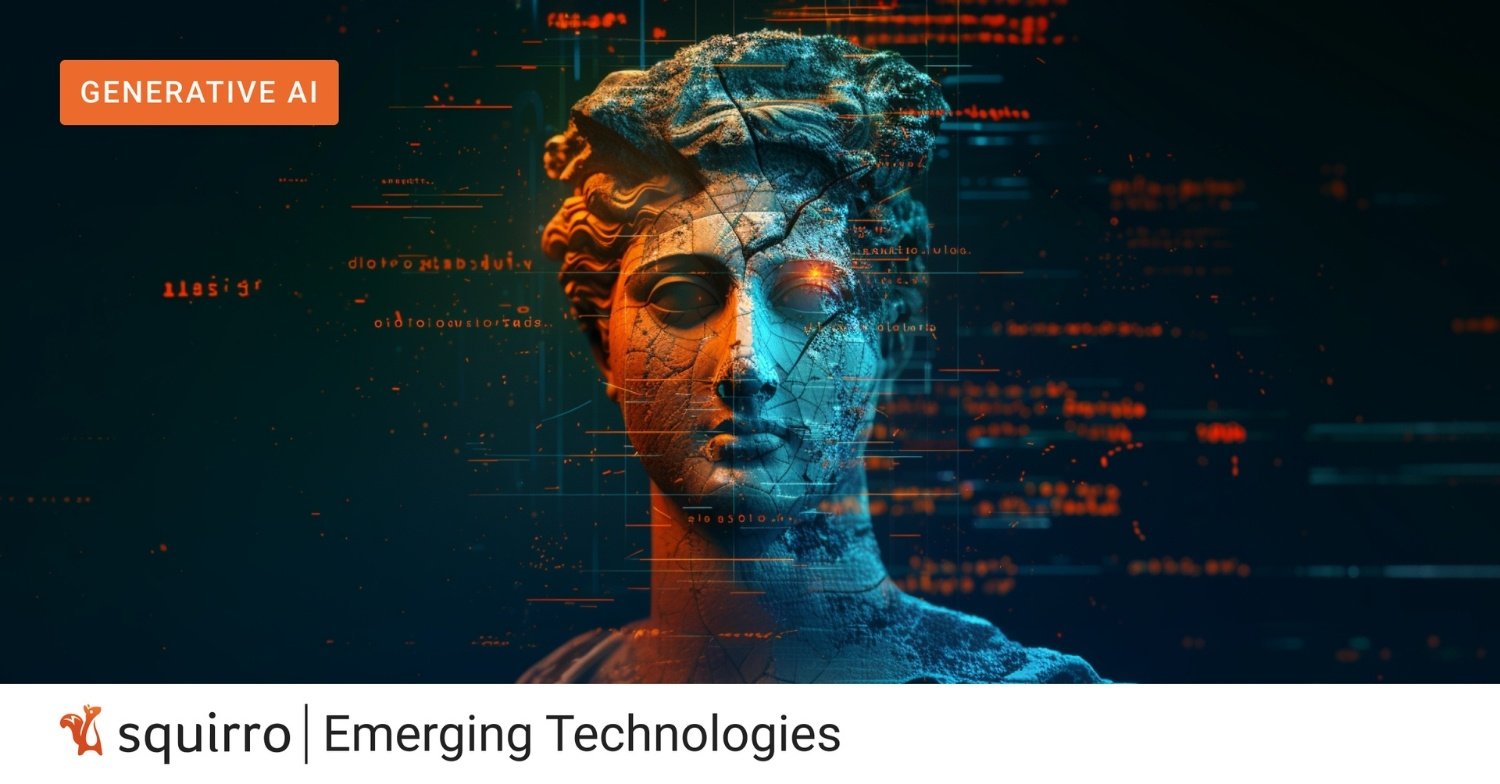In today's rapidly evolving digital landscape, business leaders strategically harness emerging technologies and leverage enterprise data to optimize insights, automation, and agility. The vision is clear: a robust, self-sustaining enterprise capable of thriving amidst the digital economy and the AI revolution.
Gartner Inc.'s Impact Radar, highlighting 30 Emerging Technologies for 2024, serves as a valuable guidepost for identifying the highest-impact technologies and trends based on their time to adoption and priority. Generative AI (GenAI) and Knowledge Graphs are at the forefront of this radar, positioned at the centre due to their significant disruptive potential.
Forging Strategic Partnerships
Regardless of where organizations stand on the AI adoption spectrum, forging strategic partnerships with solutions providers is the next step to acquiring advanced capabilities, securely deploying at scale, and reaping the rewards of sustainable competitive advantage. By embracing the technologies prominently featured in Gartner's Impact Radar, businesses can position themselves at the forefront of innovation and gain a competitive edge.
Gartner's forecasts highlight the immense opportunities presented by emerging technologies. Between 2023 and 2027, a staggering $3 trillion will be spent on AI technologies, with GenAI alone representing a substantial 36% of AI spending by 2027. These figures are a resounding call to action for organizations across industries to embrace the transformative power of emerging technologies.
Investing in proprietary data strategies and GenAI applications is a top priority for enterprise leaders motivated by the technology's transformative potential, competitive advantages, and stakeholder pressures. This confluence of factors is making GenAI ripe for widespread adoption across industries.
Visionary companies recognize GenAI as a permanent disruptive force, with the most compelling conversation revolving around augmenting human potential. According to Dorian Selz, CEO of Squirro, "Successful companies recognize that GenAI is here to stay. They proactively explore and deploy viable use cases."

The use cases for GenAI are vast, spanning business and consumer applications, customer management systems, banking and asset management, digital health, automated engineering, and digital assistants. GenAI is optimizing production, resource allocation, supply chain operations, predictive maintenance, robotics, design optimization, and quality control in the industrial sector.
GenAI has the potential to disrupt a broad cross-section of markets. Goldman Sachs Research also estimates that Generative AI could raise global GDP by 7%, or almost $7 trillion, and lift productivity growth by 1.5 percentage points over a 10-year period.
By leveraging emerging technologies like GenAI, organizations can unlock the full potential of their enterprise data and drive transformative change in the digital age. However, there are obstacles to overcome. While digital innovation propels us forward, it also unearths practical challenges that demand our attention.
Generative AI: The Catalyst for Productivity Revolution
As large language models (LLMs) emerged as an open technology, they disrupted various industries. This disruption came with a significant challenge: hallucination. LLMs confidently generate inaccurate or irrelevant information, which became an increasing concern as their usage grew. Hallucinations can lead to serious consequences, such as providing incorrect financial advice, generating misleading reports, or making decisions based on faulty information. Enterprises prioritize performance and accuracy over all other factors when considering LLM adoption. To mitigate the risk of hallucinations, enterprises must adopt strategies like Retrieval Augmented Generation (RAG), combining LLMs with information retrieval systems to provide contextually accurate responses grounded in relevant data.
Proven Solutions to Have on Your Radar
Squirro has been recognized as a Gartner Magic Quadrant Visionary for Insight Engines, focusing on Retrieval Augmented Generation (RAG) and GenAI solutions - Squirro is one of the first in the market to fuse multiple technologies to provide an accelerated RAG offering, aiming to contextualize the disruptive potential of GenAI and make enterprise data actionable.
Also included as part of the Squirro RAG stack are:
Knowledge Graphs (KGs) are highlighted as critical enablers for GenAI offerings, improving performance by providing context and structure. Combining GenAI with robust KGs ensures a safe, secure, and explainable approach beneficial for knowledge-intensive workflows and complex data environments.
Synthetic data. Synthetic data generation helps overcome real data restrictions while preserving privacy and compliance, enhancing security, and speeding up time-to-value. Especially in a world where data security is a paramount. The Squirro RAG stack addresses this in having the capability to incorporate synthetic, artificially generated data that mimics real data while preserving privacy, when concerning third parties.
Our enterprise-ready augmented intelligence solutions, combining search, AI, and knowledge graph technologies, enhance security and ensure compliance with data protection regulations.
Join us as we explore the advent of AI-powered digital transformation - our solutions have a ten-year track record of success delivering strategic foresight advantage and ROI to our clients across industries.
The best way to experience the first enterprise-ready Retrieval Augmented Generation (RAG) stack offering in action is to request a personal demonstration tailored to your industry.
Tap into our expertise and leverage our client success cases. Reach out here to get started:







